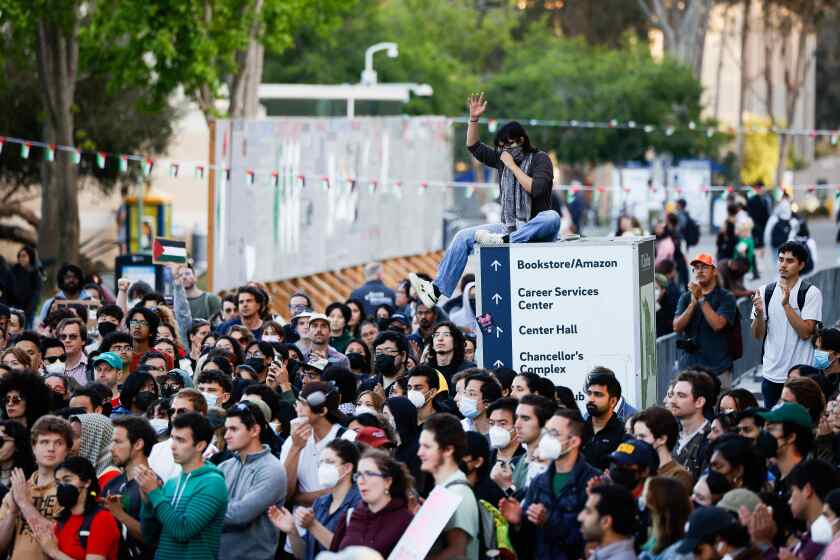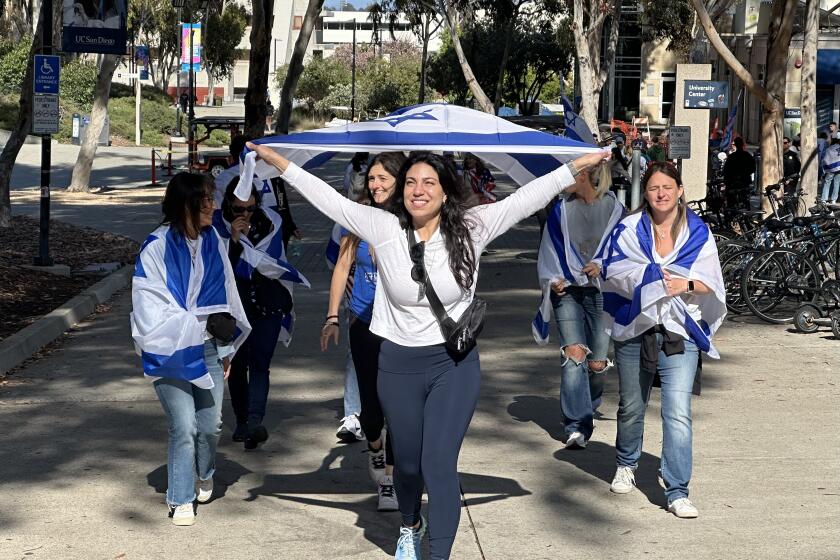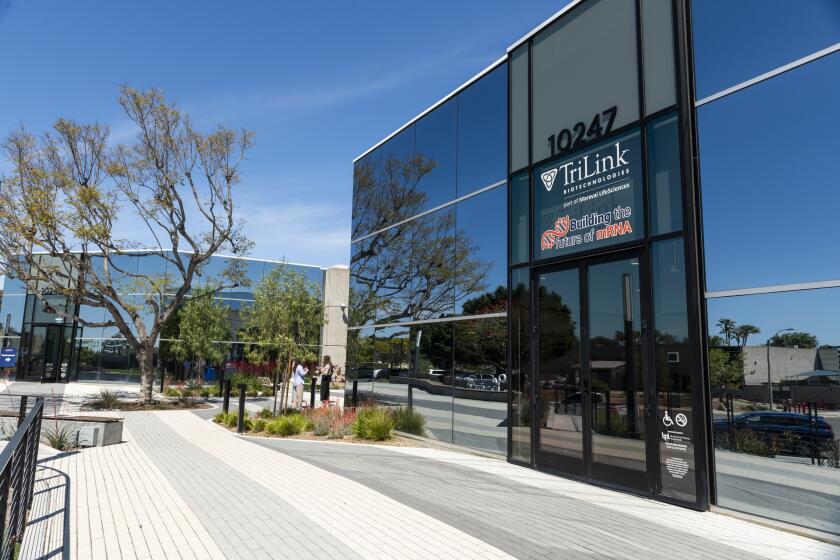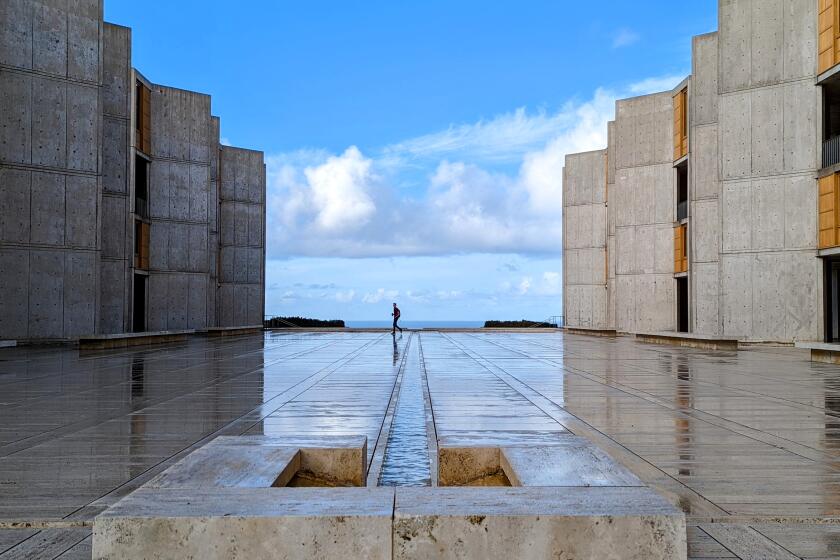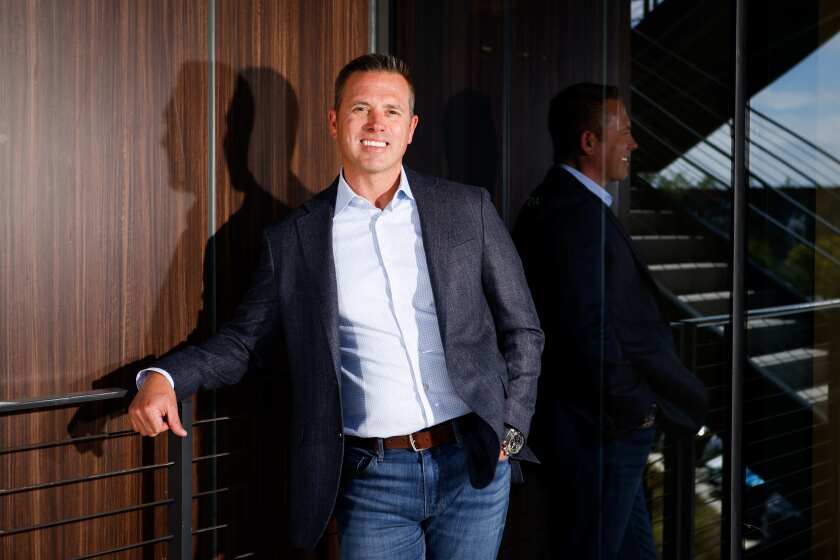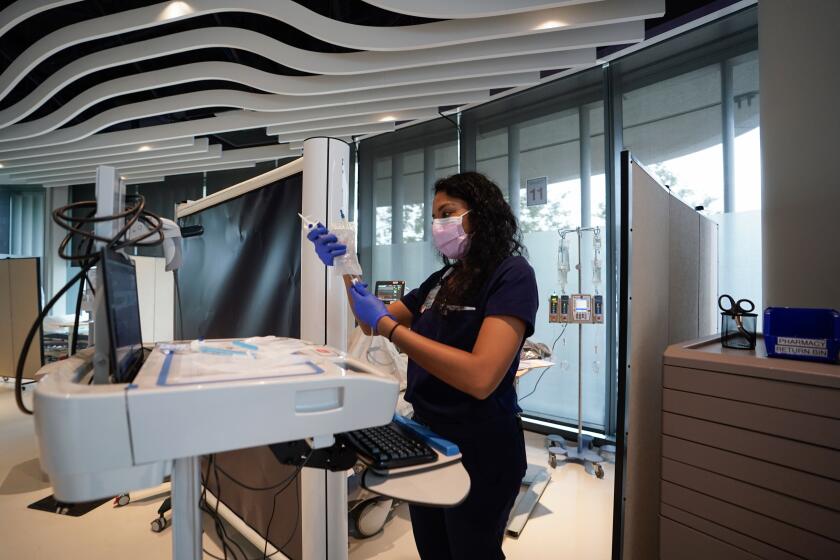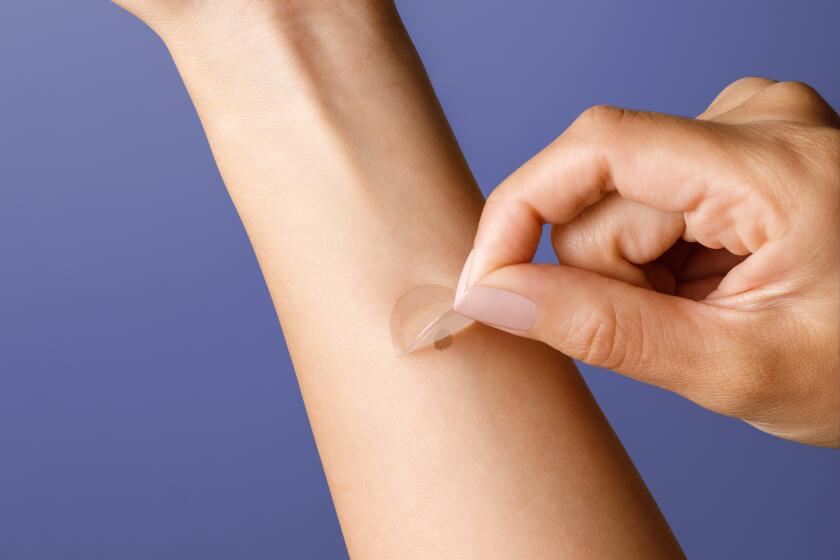NFL gives UC San Diego $500K to study whether cannabis helps athletes manage pain

The research will be performed on pro rugby players
The National Football League is giving UC San Diego $500,000 to study whether cannabis can be effectively used to help athletes manage pain from injuries and to recover more quickly.
The research will be done on professional rugby players — partly because cannabis is a banned substance in the NFL, which has among the highest injury rates of any major team sport.
UCSD says the study will involve administering THC, the primary psychoactive compound in cannabis, and cannabidiol (CBD), the second most-active ingredient.
The NFL awarded the contract to UCSD’s Center for Medicinal Cannabis Research, one of the oldest and largest programs of its kind in the country.
The study will be led by Dr. Mark Wallace, director of the Center for Pain Medicine at UCSD, and Thomas Marcotte, co-director of the cannabis research center.
Wallace discussed the project with the Union-Tribune.
Q: The NFL has greatly relaxed its rules pertaining to cannabis. The league still does some testing for THC. But it no longer suspends players if they test positive. Instead, it issues fines and guides some players into treatment programs.
A: The NFL knows that players and many elite athletes are using cannabis for sports-related injuries and recovery. But there’s no science behind it. They’re looking for the science. I think they’re also looking for alternatives to opioids because a very high percentage of players are exposed to them and many of them remain on opioids after they retire.
Q: How much is known about cannabis, beyond anecdotal claims?
A: Most of the evidence we have comes from the use of cannabis in chronic pain, mostly neuropathic pain. But there are almost no studies looking at the use of cannabis to treat acute pain, which includes pain after surgery and injury.
The cannabinoid receptor (CB) is one of the most abundant receptors in our body and linked to reducing pain and inflammation. The CB1 receptor is located on nerves, spinal cord and brain and activation results in pain reduction.
The CB2 receptor is located on our inflammatory cells and stimulation reduces activity in these cells leading to reduced inflammation.
Pain and inflammation prolong recovery after injury. This is probably why elite athletes report that cannabis used after injury reduces pain and speeds recovery
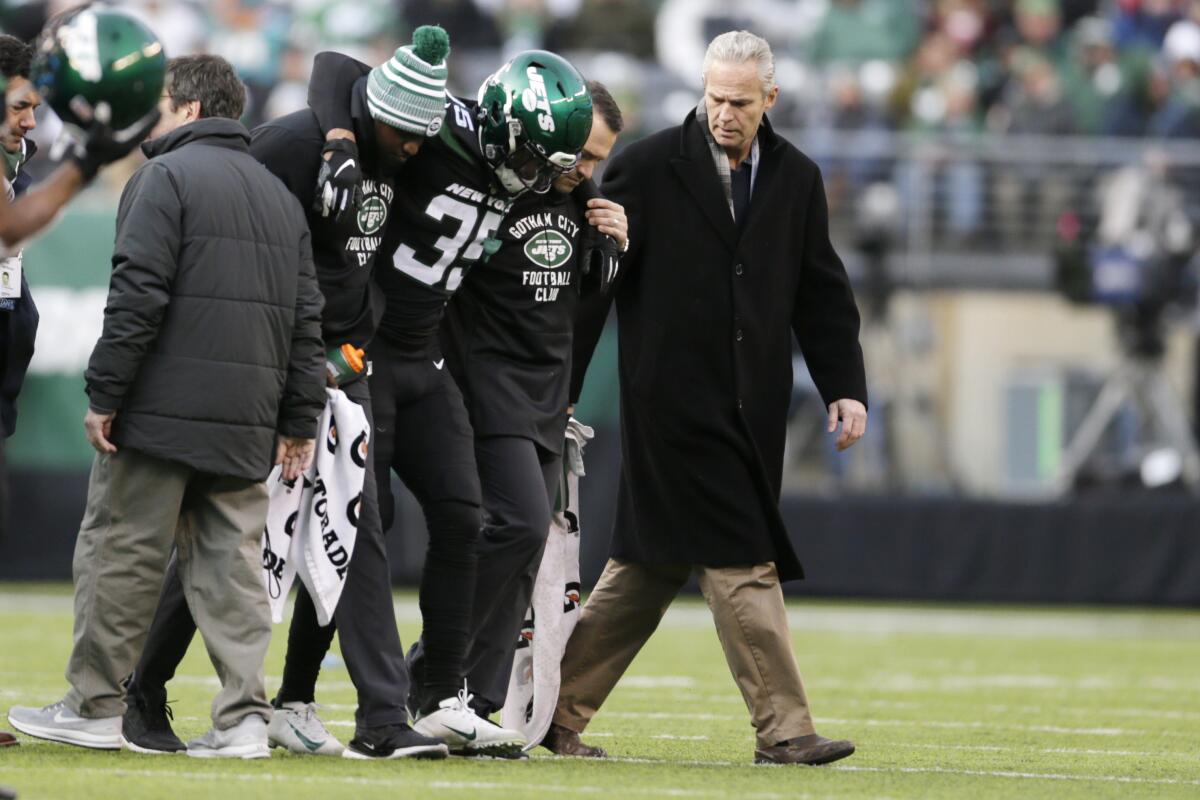
Q: The study you’re embarking on involves professional rugby players instead of NFL players. Why?
A: It is due to feasibility and logistics. San Diego has close ties to the professional rugby community. And its players come closest to what NFL players experience in terms of injuries.
Tom and I also made this decision because cannabis is still a banned substance in the NFL, but it’s not in professional rugby. The professional rugby community has been very enthusiastic and responsive about participating in a study like this. We’re in negotiations right now with rugby teams and players on the West Coast.
We’re hoping to carry out a successful clinical trial in that sport and then, hopefully, open it up to NFL players.
Q: How many people will be involved in the study? And will they consume cannabis shortly after the game is over, if they’ve suffered an injury?
A: We plan to enroll between 50 and 60 people. This will be a first-of-its kind randomized test with a placebo control.
We will be giving each rugby player four bottles containing cannabis. One bottle will have a placebo. One bottle will be 4-percent THC. One bottle will be 12-percent CBD, and then the fourth bottle will be CBD and THC.
These concentrations were chosen based on years of research at the Center for Medicinal Cannabis Research.
After competition, if they are injured and meet a threshold of a pain intensity, they will begin dosing the cannabis by inhaling it with a vaporizer the evening after the competition. They will continue to dose themselves at least morning and evening (but up to four doses per day) over a 48-hour period. They will then wait for the next competition related injury and pain and go to the next bottle.
We will give them a cellphone app that they will use to record their pain levels. We will also monitor physical functioning, mood and sleep through validated questionnaires and assess any side effects.
Blood samples of the players will be taken to measure inflammation, to see if it goes up or down. We also want to measure the cannabinoid levels in their blood. We will have phlebotomists on site at their facility. The study is designed to minimize any interference with their responsibilities to their team, competition, and performance.
Q: Will you be looking for the presence of other pain relievers, like opioids, so you can clearly determine whether what’s happening is coming from cannabis and not something else?
A: That’s the challenging part. We’ll be doing a real-world study in which we’re dealing with professional athletes whose focus and priority is on their season and the competition performance. It would be great to do a tightly controlled study and say, ‘OK, you can’t use any other medications.’ But we can’t do that.
We’re going to have them use cannabis first and if it is not working have them go back to whatever works for them, like an NSAID. We just want to know what they’re doing. We can do a statistical analysis and account for it.
It’s not a perfect study. But it is the best we can do right now.
Q: You mentioned that you’ll also be studying whether the cannabis affects a player’s sleep or their mood. People have long talked about — and joked about — how cannabis can make them sleepy or influence their mood. Is this really an unanswered question in science?
A: The top reason people use cannabis is for pain relief. The second reason is to reduce depression and anxiety. As a pain-management specialist, sleep disturbance is a common problem among my patients and is challenging to treat.
When I started using cannabis in my practice, I noticed most patients reporting that they are finally sleeping through the night. We are not sure if this is due to pain relief or a direct effect on sleep. It is probably both. But it is an unanswered question in science and needs more research.
Get Essential San Diego, weekday mornings
Get top headlines from the Union-Tribune in your inbox weekday mornings, including top news, local, sports, business, entertainment and opinion.
You may occasionally receive promotional content from the San Diego Union-Tribune.



